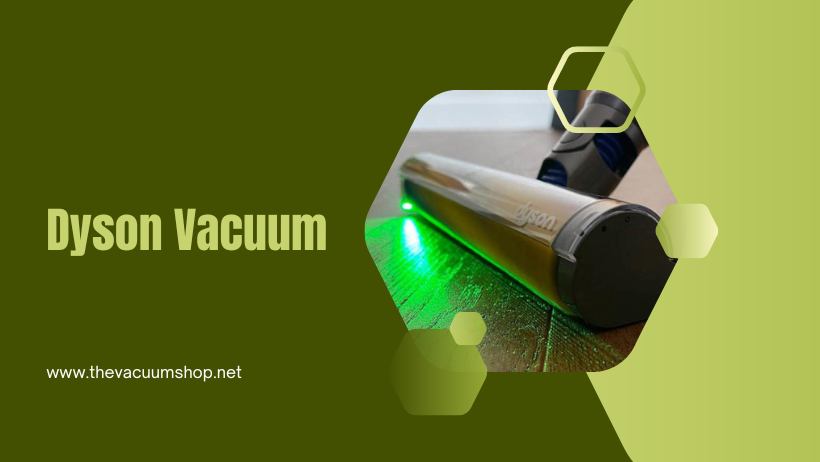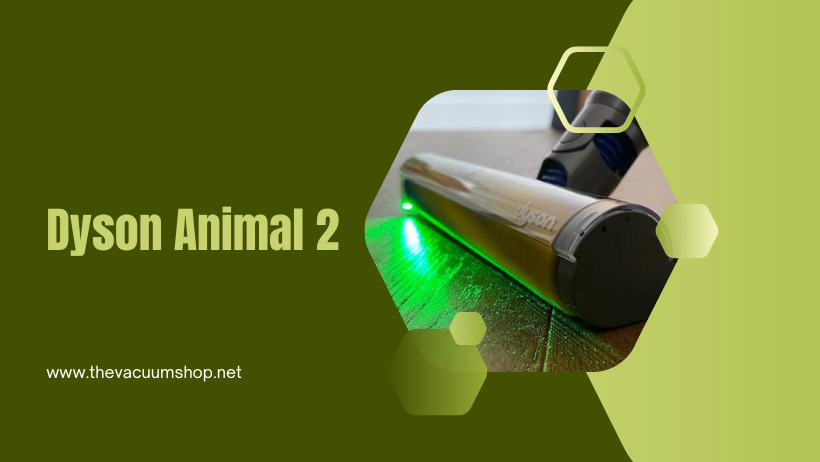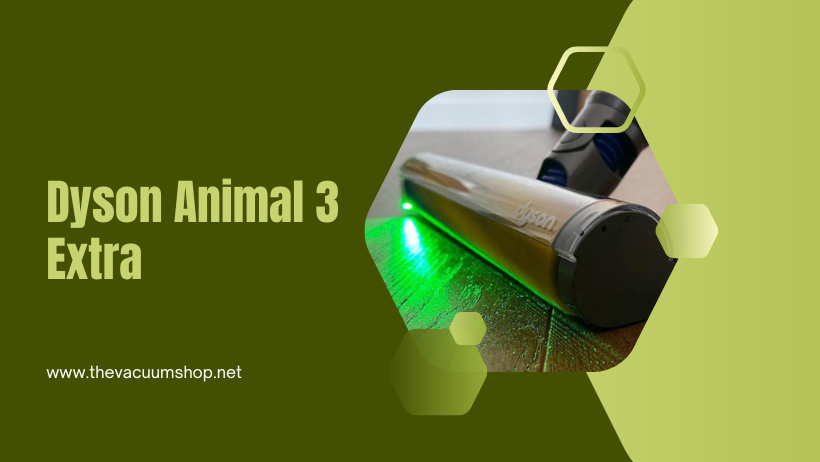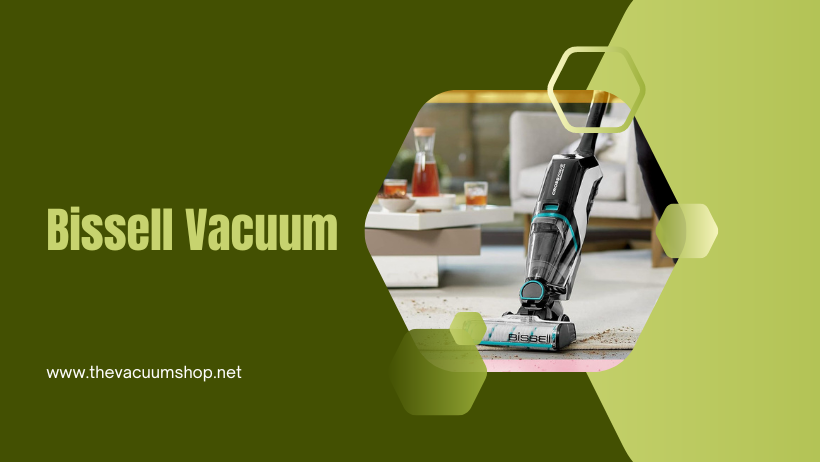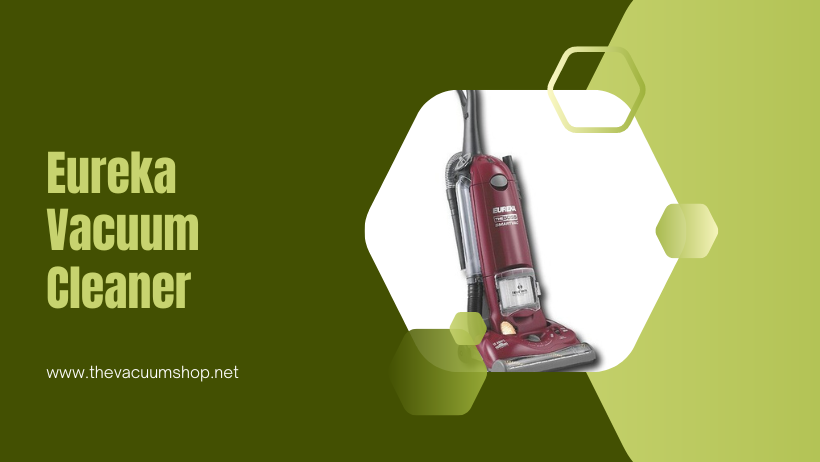Features
Dyson vacuums are renowned for their powerful suction, which effectively removes deeply embedded dirt, pet hair, and allergens with ease. Their lightweight and maneuverable design makes them effortless to push and steer around furniture and tight spaces.
The cordless design offers greater freedom of movement, eliminating the need to be tethered to an outlet. Dyson vacuums are equipped with multiple attachments that allow you to clean different surfaces and areas, including upholstery, crevices, and hard-to-reach spots.
Dyson's signature cyclone technology maintains suction power without losing efficiency over time. The HEPA filtration system traps dust, pollen, mold spores, and other allergens, improving the air quality in your home. Emptying the dustbin is a breeze, minimizing contact with dust and debris.
Many models feature a self-cleaning brush bar, preventing hair and debris from tangling and ensuring optimal cleaning performance. The long battery life provides sufficient run time for cleaning multiple rooms. A wall-mount charging station provides a convenient way to store and charge the vacuum, keeping it organized and readily available.
Performance
What We Like
Dyson vacuums are praised for their powerful suction, which users describe as "picking up everything!" This strong suction is attributed to Dyson's patented cyclone technology, effectively removing dirt, debris, and pet hair from carpets and hard floors.
Furthermore, Dyson models are often lauded for their lightweight design and maneuverability. Users appreciate the ease of moving the vacuum around the house, including around furniture and tight spaces. The ball joint design contributes to this agility.
The cordless freedom offered by Dyson's cordless models is another major selling point. Users celebrate the absence of cords, eliminating the hassle of tripping and tangling.
Versatility is a hallmark of Dyson vacuums. They come equipped with a variety of attachments, such as crevice tools, upholstery tools, and dusting brushes, enabling users to clean various surfaces, from couches to cars.
Dyson's patented hygienic dustbin emptying system is a standout feature for many. This system allows for a clean and easy disposal of collected debris, eliminating the mess associated with traditional vacuum dustbin emptying.
For those with a busy lifestyle, Dyson's cordless models offer long battery life, enabling users to clean their entire house without needing to recharge.
Beyond cleaning performance, Dyson vacuums boast an advanced filtration system. This system traps allergens, dust mites, and other microscopic particles, enhancing indoor air quality and giving users peace of mind.
Finally, Dyson vacuums are known for their sleek and modern design, making them an aesthetically pleasing addition to any home.
What We Don't Like
Dyson vacuums are known for their powerful suction and innovative designs, but they also come with a few drawbacks. One of the most common complaints is the high price. Dyson vacuums are significantly more expensive than many other brands on the market.
Another issue is the weight. Some models, especially cordless ones, can be heavy to hold and maneuver, particularly for extended periods of cleaning.
Maintaining a Dyson vacuum requires regular cleaning and filter changes, which can be inconvenient for some users.
Noise can also be a problem with some models, especially when using the highest power setting.
Cordless models, while offering freedom of movement, have limited battery life, requiring frequent charging.
Some users find the attachments bulky and difficult to store.
While Dyson vacuums are known for their strong suction, some users report that certain models do not live up to their expectations in this area.
Finally, some customers have reported issues with durability, particularly in high-traffic areas.
Customer service can also be a challenge for some, with difficulties reaching representatives or delays in resolving issues.
Cleaning Tasks
Dyson vacuums are versatile and powerful tools for a variety of cleaning tasks. They are particularly effective for cleaning hard floors like hardwood, tile, and laminate. Their powerful suction effectively removes dust, dirt, and debris. Dyson vacuums are also great for cleaning carpets and rugs, removing dirt, pet hair, and allergens. Many models come with dedicated tools for pet hair removal, making them ideal for pet owners.
Upholstery cleaning is another area where Dyson vacuums excel. Their upholstery tools effectively remove dust, dirt, and allergens from furniture. Dyson vacuums are also suitable for car cleaning, with crevice tools and extension wands reaching tight spaces and hard-to-reach areas. Their lightweight and ergonomic designs, along with attachments like crevice tools, make stair cleaning easier.
Dyson vacuums are also effective for cleaning high-traffic areas like hallways and entryways, handling heavy dirt and debris. Some Dyson models feature HEPA filtration systems that trap dust mites, pollen, and other allergens, making them suitable for allergy sufferers. Dyson vacuums also allow for careful cleaning of delicate surfaces like silk and delicate fabrics with their adjustable suction settings and specialized tools. Finally, Dyson vacuums with extension wands and specialized tools like crevice tools and dusting brushes can easily reach cobwebs and hard-to-reach areas.
Comparison to Other Brands
| Feature | Dyson V15 Detect Absolute | Shark Vertex UltraLight | Bissell CrossWave X7 | Roomba Combo i5+ | Winner |
|---|---|---|---|---|---|
| Type | Cordless Stick | Cordless Stick | Cordless Stick/Wet/Dry | Robot | |
| Price | $749 | $649 | $549 | $749 | Bissell (Best value) |
| Weight (without attachments) | 6.4 lbs | 5.7 lbs | 9.7 lbs | 8.8 lbs | Shark (Lightest) |
| Runtime | 60 minutes (Eco mode) | 40 minutes (Standard mode) | 30 minutes | 90 minutes | Roomba (Longest runtime) |
| Suction Power | 230 AW (Air Watts) | 180 AW | N/A | N/A | Dyson (Strongest suction) |
| Filtration | HEPA | HEPA | HEPA | HEPA | |
| Attachments | Multiple, including crevice tool, dusting brush, upholstery tool | Multiple, including crevice tool, dusting brush, upholstery tool | Multiple, including crevice tool, dusting brush, upholstery tool, microfiber mop pads | Dyson (More attachments) | |
| Features | Laser dust detection, auto-adjusting suction, LCD display | Self-cleaning brushroll, LED headlights, light-weight design | Wet/dry cleaning, removable tank, 2-in-1 functionality | Self-emptying dustbin, app control, smart navigation | Roomba (Most advanced features) |
| Pros | Powerful suction, innovative features, effective dirt removal | Lightweight and maneuverable, easy to use, long battery life | Versatile wet/dry cleaning, affordable price point, multiple cleaning modes | Smart features, self-emptying bin, convenient app control | |
| Cons | High price point, bulky design, can be heavy with attachments | Limited runtime on higher power settings, may not handle pet hair as effectively | Can be bulky, requires frequent water refills, not as effective for deep cleaning | Can get stuck on obstacles, not as effective for large debris, can be expensive |
This table compares four popular vacuum cleaners: the Dyson V15 Detect Absolute, the Shark Vertex UltraLight, the Bissell CrossWave X7, and the Roomba Combo i5+.
The Bissell CrossWave X7 offers the best value at $549. The Shark Vertex UltraLight is the lightest at 5.7 lbs. The Roomba Combo i5+ boasts the longest runtime at 90 minutes. The Dyson V15 Detect Absolute has the strongest suction power at 230 AW.
All four vacuums feature HEPA filtration and multiple attachments. The Dyson V15 Detect Absolute stands out with its innovative features like laser dust detection and auto-adjusting suction. The Shark Vertex UltraLight excels with its lightweight design and self-cleaning brushroll. The Bissell CrossWave X7 is versatile with its wet/dry cleaning capabilities. The Roomba Combo i5+ is the most advanced with its self-emptying dustbin, app control, and smart navigation.
However, each vacuum has its drawbacks. The Dyson V15 Detect Absolute is expensive and bulky. The Shark Vertex UltraLight has limited runtime on higher power settings. The Bissell CrossWave X7 can be bulky and requires frequent water refills. The Roomba Combo i5+ can get stuck on obstacles and may not be effective for large debris.
Maintenance
To keep your Dyson vacuum cleaner running smoothly, regular maintenance is key. After each use, empty the dustbin by pressing the release button and detaching the bin. Rinse it with water and dry it thoroughly before reattaching.
Every 3-6 months, wash the pre-motor filter under running water until clean. Allow it to air dry completely before re-inserting. Similarly, every 12 months, wash the post-motor filter (for models with this feature) under running water until clean. Let it air dry completely before re-inserting.
Replace the pre-motor filter and post-motor filter as needed, depending on the model and usage. Dyson recommends replacement every 12 months for most filters.
Regularly check the brush bar for hair or debris. Use a small tool or scissors to remove any obstructions. For more thorough cleaning, remove the brush bar and remove any trapped debris.
Check the hose and attachments regularly for blockages and clean as needed. Use a small brush or vacuum cleaner attachment to remove any dust or debris.
Keep the power cord free from kinks and damage. Do not wrap the cord tightly, as this can cause damage.
Check the moving parts for lubrication needs, depending on the model and age of the vacuum. Refer to the user manual for specific instructions.
Finally, store the vacuum in a dry, dust-free place, preferably upright. Avoid storing the vacuum on its side as this can cause damage to the filter.
Troubleshooting
If your Dyson vacuum isn't turning on, start by checking the power cord to make sure it's plugged in securely and that the outlet is working. Also, ensure the power button is pressed and held down. For cordless models, check the battery level and charge it if necessary.
Weak suction could be caused by a full dustbin, dirty filters, or blockages in the hose and attachments. Empty the dustbin, clean or replace filters, and examine the hose and attachments for any obstructions. Additionally, make sure the brush bar is spinning freely and isn't clogged with hair or debris.
Loud noises from your Dyson vacuum could indicate a clogged or damaged brush bar, a blockage or loose connection in the hose, or loose components. Check the brush bar for any issues, examine the hose for blockages, and ensure all parts are securely attached.
Dust or dirt leaking from your vacuum could be due to damaged seals or a dirty filter. Inspect the dustbin seal and hose connections for cracks or damage, and ensure the filter is properly installed and clean.
If your cordless Dyson vacuum won't hold a charge, check the battery to make sure it's properly inserted and connected. Verify that the charging cable is securely connected to both the vacuum and the power source. Also, try plugging the vacuum into a different outlet to rule out any issues with the original outlet.
Overheating could be caused by dirty filters, excessive use without a break, or a potential motor issue. Clean or replace dirty filters, allow the vacuum to cool down before using it again, and contact Dyson for repair if overheating persists.
If your Dyson vacuum won't switch modes, ensure the buttons are functioning properly. For cordless models, a low battery might limit mode options.
If your remote control isn't working, start by replacing the batteries. Then, check for obstacles that might be blocking the signal between the remote and the vacuum. Finally, consult your Dyson user manual for instructions on resetting the remote.
Conclusion
Dyson vacuums are a popular choice for those seeking powerful suction, innovative design, and advanced features. Their signature cyclone technology delivers impressive cleaning performance, while their lightweight design and cordless freedom offer convenience and maneuverability. Dyson vacuums are versatile, with a range of attachments for tackling various cleaning tasks, and their HEPA filtration systems enhance indoor air quality.
However, Dyson vacuums come with a hefty price tag and some drawbacks. The weight, maintenance requirements, and noise levels can be a concern for some users, while cordless models face limitations in battery life and can be heavy.
Ultimately, choosing a Dyson vacuum depends on individual needs and priorities. If you're looking for a powerful, innovative vacuum with advanced features and don't mind the higher price, Dyson is an excellent option. However, if budget is a major concern, or if you prioritize lightness, quiet operation, and extended battery life, other brands may offer more appealing solutions.
Regardless of your choice, proper maintenance is crucial for maximizing the longevity and performance of any vacuum cleaner. By following Dyson's maintenance tips and troubleshooting guide, you can ensure your vacuum remains in optimal condition and continues to deliver reliable cleaning results for years to come.


